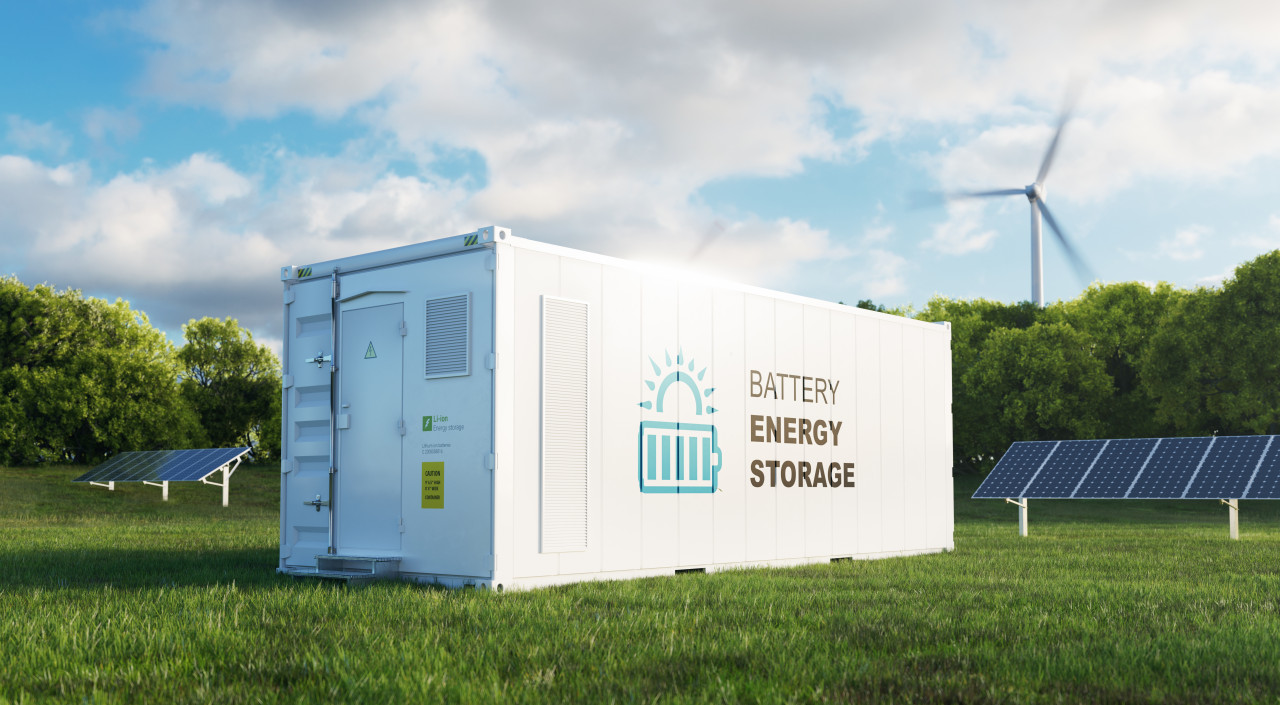Ascend Elements, Koura unveils tech for yielding 99.9 percent pure graphite from used LiBs
Ascend Elements, a vertically integrated lithium-ion battery recycling, and engineered materials company, and Koura, an Orbia business and one of the world's largest producers of fluoro products and technologies have announced that they have launched a proprietary process technology yielding battery-grade graphite material from spent lithium-ion batteries. Orbia is serving as a development partner to Ascend Elements to scale the company's technology for commercial production. Orbia has also backed the company through several investment rounds.
With consistent yields of more than 99.9 percent pure graphite and energy capacity and cycle life on par with virgin battery-grade graphite anode material, Ascend Elements' Hydro-to-Anode process technology has the additional benefit of extending recycling and manufacturing throughput beyond cathode active materials to anode materials as well.
Michael O'Kronley, Chief Executive Officer of Ascend Elements said "With this advancement, we just made the case for battery recycling a lot more compelling. Increasing the value of the extracted materials improves the economics of recycling, which creates an incentive for even more recycling. The ability to recover graphite for use in batteries helps solve another critical material challenge in the battery supply chain and minimizes the need for mining new materials."
High-purity graphite is a mineral included on the United States critical minerals list. To lessen reliance on foreign entities, US material manufacturing, and recycling companies are charged with making this mineral more available within the North American supply chain.
Other minerals on the list include lithium and cobalt; both of which are reclaimed in the Ascend Elements recycling and manufacturing processes. Ascend Elements is currently producing battery-grade graphite in its facility located in Westborough, Massachusetts.
The Hydro-to-Anode process joins Ascend Elements' patented Hydro-to-Cathode technology, which directly synthesizes new cathode materials from spent lithium-ion cells more efficiently than traditional methods, resulting in reduced cost, improved performance, and lowered GHG emissions, the company says.
While other processes leach metals out of spent battery materials, the Hydro-to-Cathode process leaches out impurities, keeping the valuable metals in solution and eliminating multiple steps in the recycling flow.






















